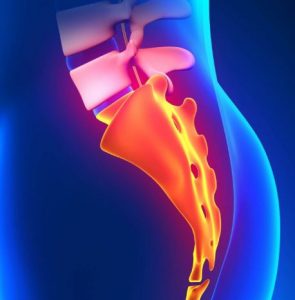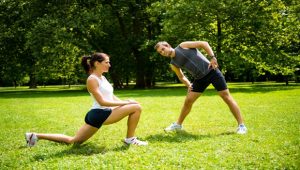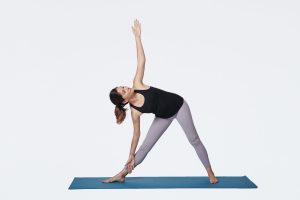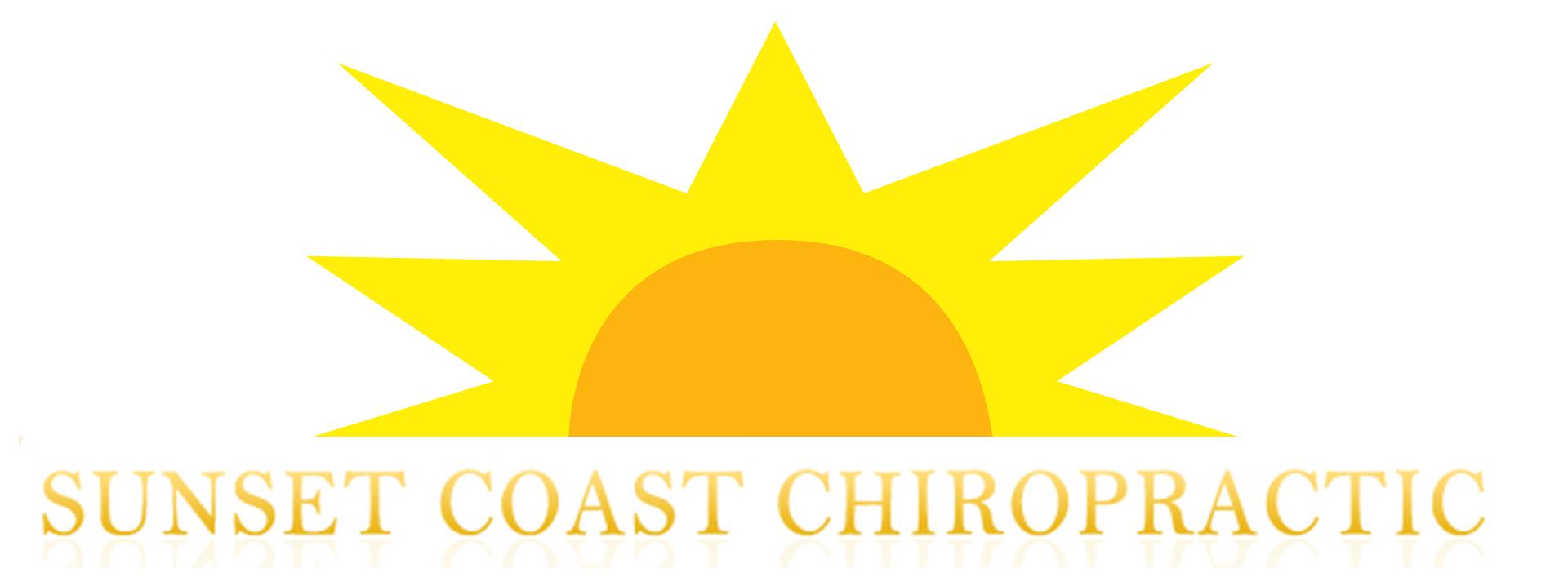Tailbone pain happens when there is an injury in the coccyx. This pain is also called coccyx pain. The tailbone or coccyx is located at the bottom part of the spinal column. It protrudes the most when you are sitting down.
down.
Falling is the most common way to sustain an injury to your tailbone. Many people will fall on their buttocks and feel an immediate and sharp pain in their tailbone that goes away after a time. But if you land directly on your tailbone, such as when you slip and fall on the stairs, it can cause a tailbone injury since the impact is directly on the tailbone.
Falls aren’t the only thing that can cause a tailbone injury. Sitting for long periods of time on hard pieces of furniture can cause pain and that type of tailbone pain can impact even those who are active otherwise. It can also be referred pain from the sacroiliac joints, pelvic muscles and the lower back. Women are more prone to coccyx pain after giving birth. If you are experiencing this type of pain, chiropractic may be able to help.
When you injure your tailbone, the muscles surrounding it will become stiff. Swelling can occur and the coccyx may end up pulling away from where it should be, causing the nerves in the area to become irritated. You can experience inflammation that can cause even more pain and discomfort.
The Chiropractor will conduct a thorough musculoskeletal assessment to determine the cause of your Tailbone pain. Treatment may include;
Spinal Adjustment – If the tailbone moves out of alignment, causing irritation to the nerves and tissues around it, then having a chiropractor correct the misalignment may help to bring relief.
Hot and Cold Therapy – To enhance the healing process by reducing the inflammation on the injured area.
Exercise Prescription – Proper stretching exercises will prevent tearing and straining of the tendons and ligaments. Exercises strengthen the muscles the surround the coccyx as well as the muscles that support the spine.
Pelvic Alignment Techniques – Needed if the pain is caused by pelvic dysfunction.
Instruction in Proper Body Mechanics – During sitting, lying, bending & lifting.
Ergonomic Adjustments – In the home and or work place.
Supportive Pillows – Specifically designed pillow can be a fantastic way for you to feel more comfortable while sitting and assist your coccyx to heal faster. Cushions are round in shape with a small hole in the centre to allow for your coccyx to rest without any direct pressure upon it.
TOWARDS WELLNESS
Reducing the Chance of Getting Injured with Proper Warm Up

Before starting your exercise routine, make sure you warm up properly so you can exercise safely. The warm up exercises can vary such as jogging on a treadmill or even bike pedalling for a few minutes; these exercises will help you increase blood flow in your body. The progression of the warm up should be from low to high intensity. A proper warm up will help reduce the risk of injuring your muscles during your physical activity.
S-T-R-E-T-C-H OF THE MONTH
- Stand with the back straight, feet wider than the hips, arms in line with shoulders and palms down
- Turn your left toes out to the side and keep your right toes pointed forward. Lean to the left with your left fingertips toward the left wall.
- Bend at the hip, allowing your left hand to fall naturally, resting on your thigh, shin, ankle or the floor and extending your right arm straight up toward the ceiling. Keep your arms long and open your chest toward the wall in from of you.
- Breathe deeply and hold for three to five breaths. Repeat on opposite side.

